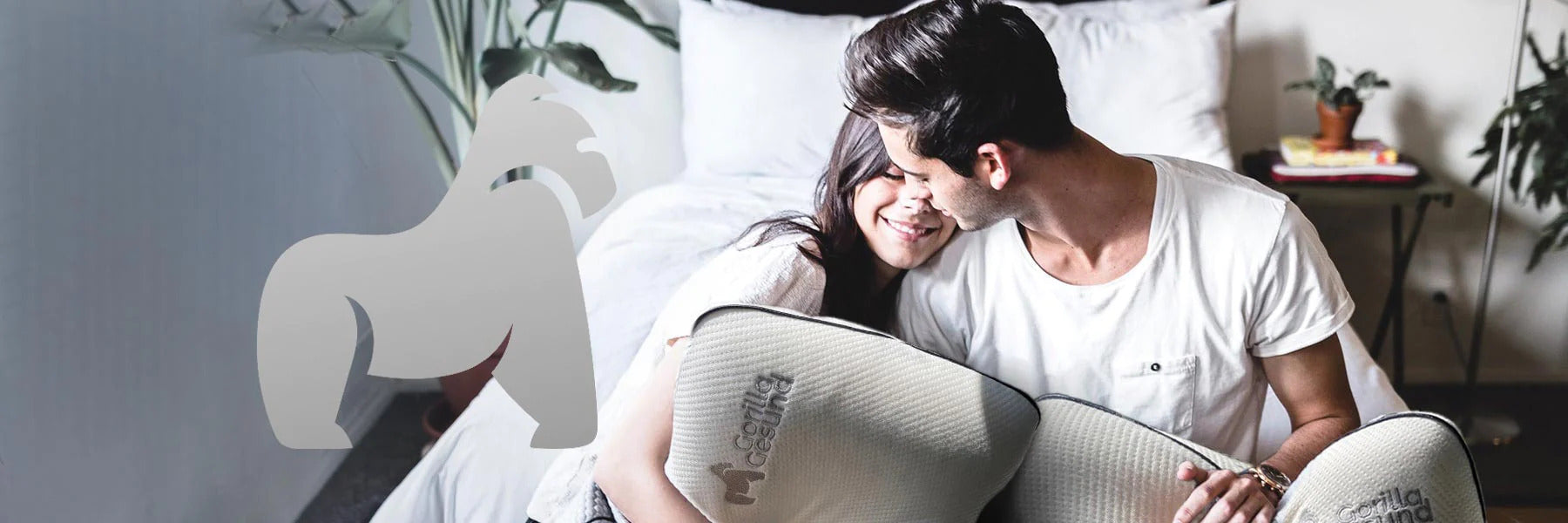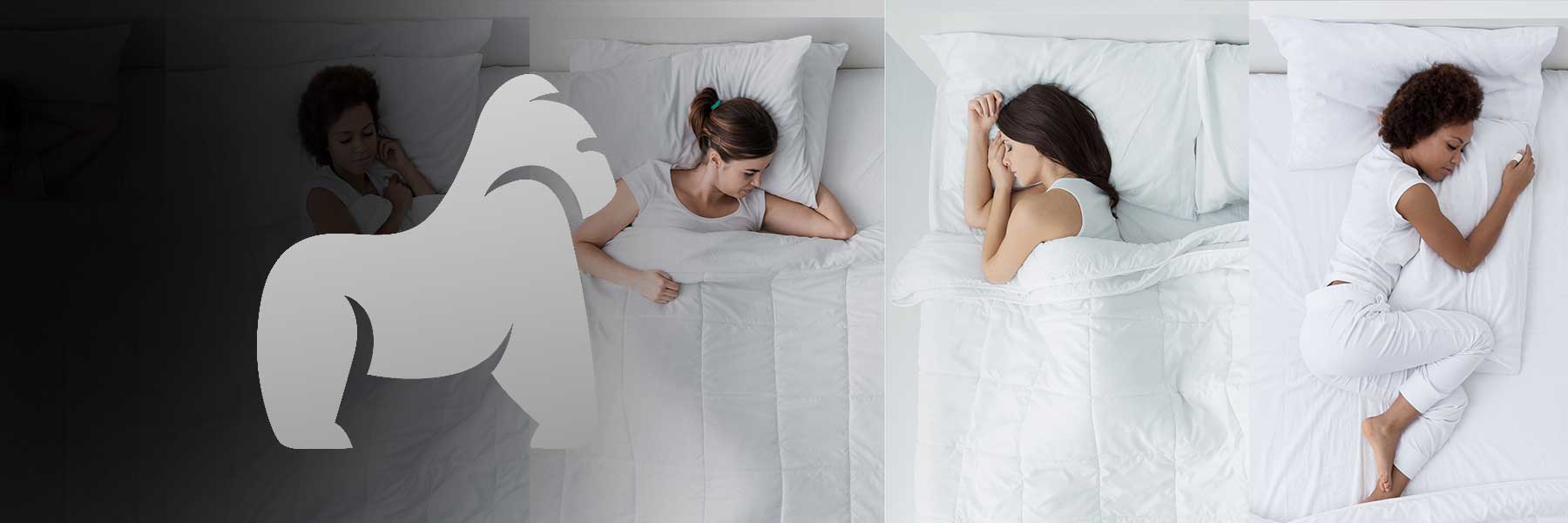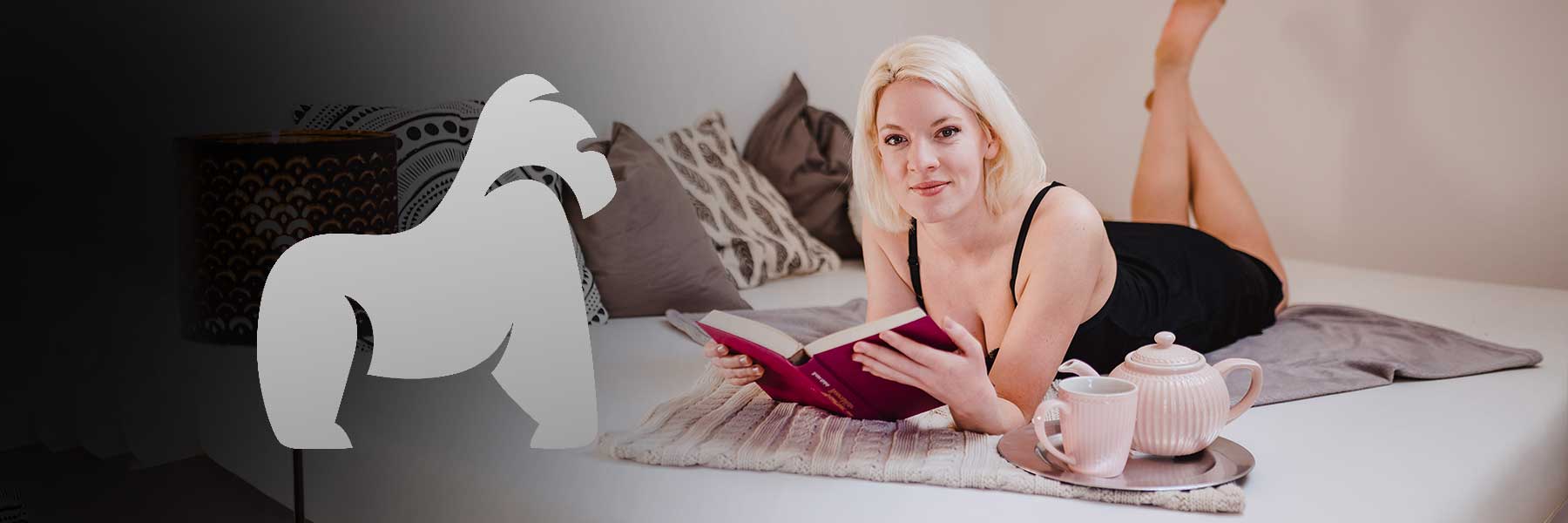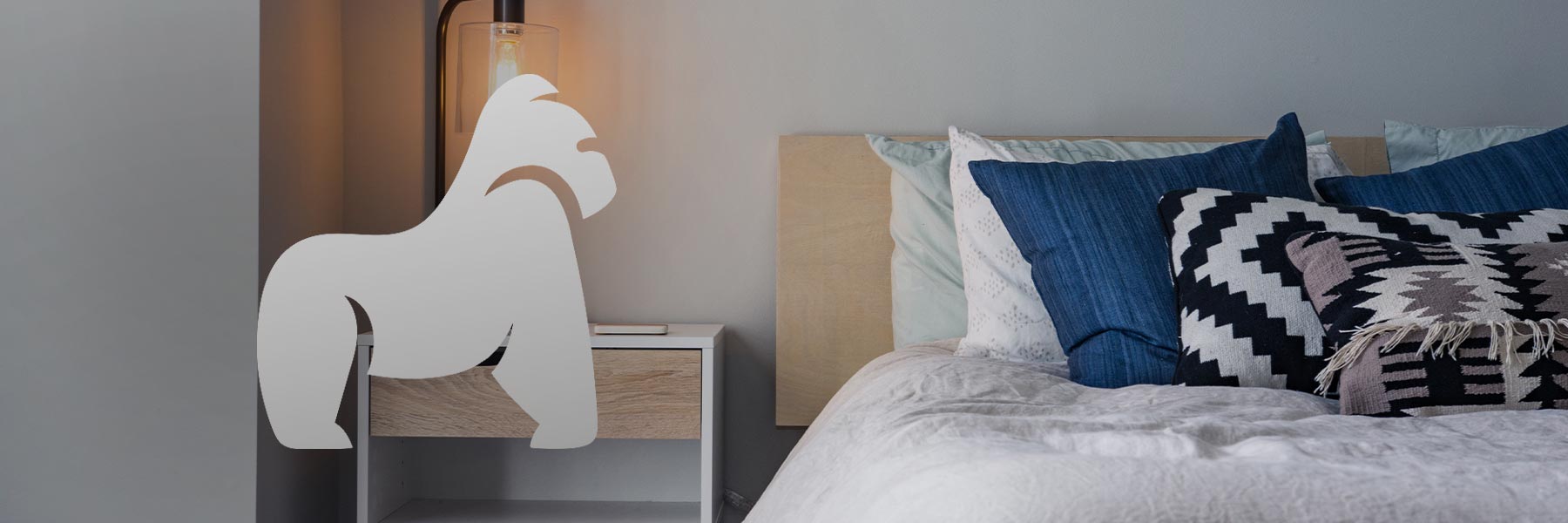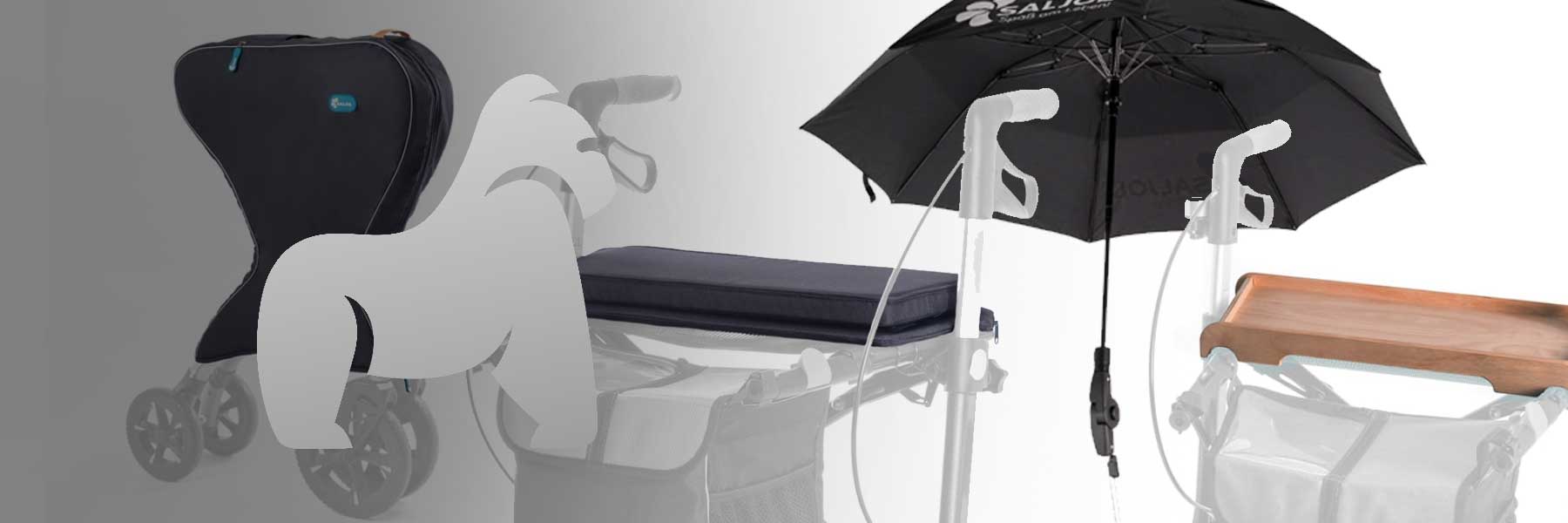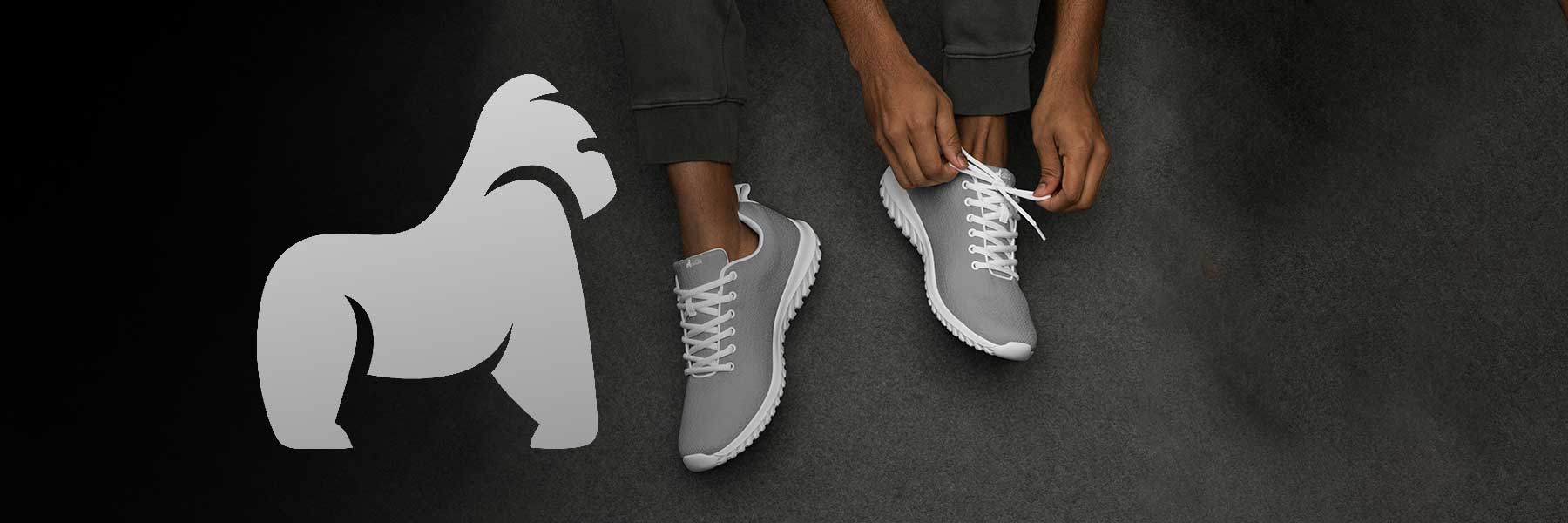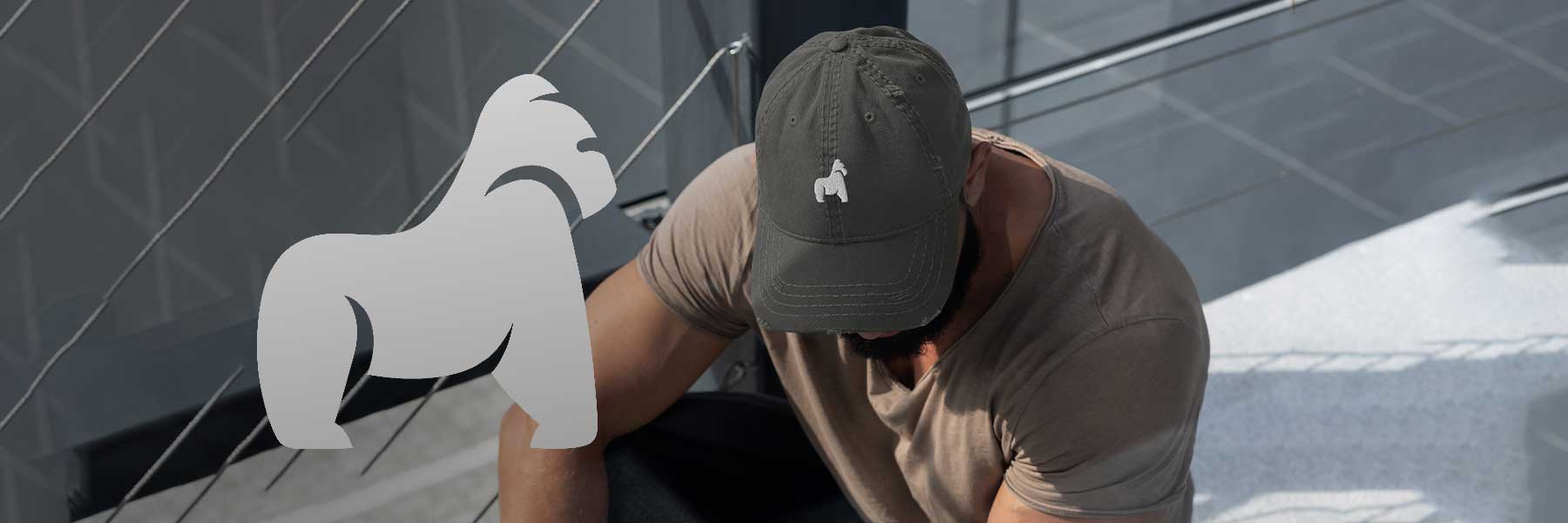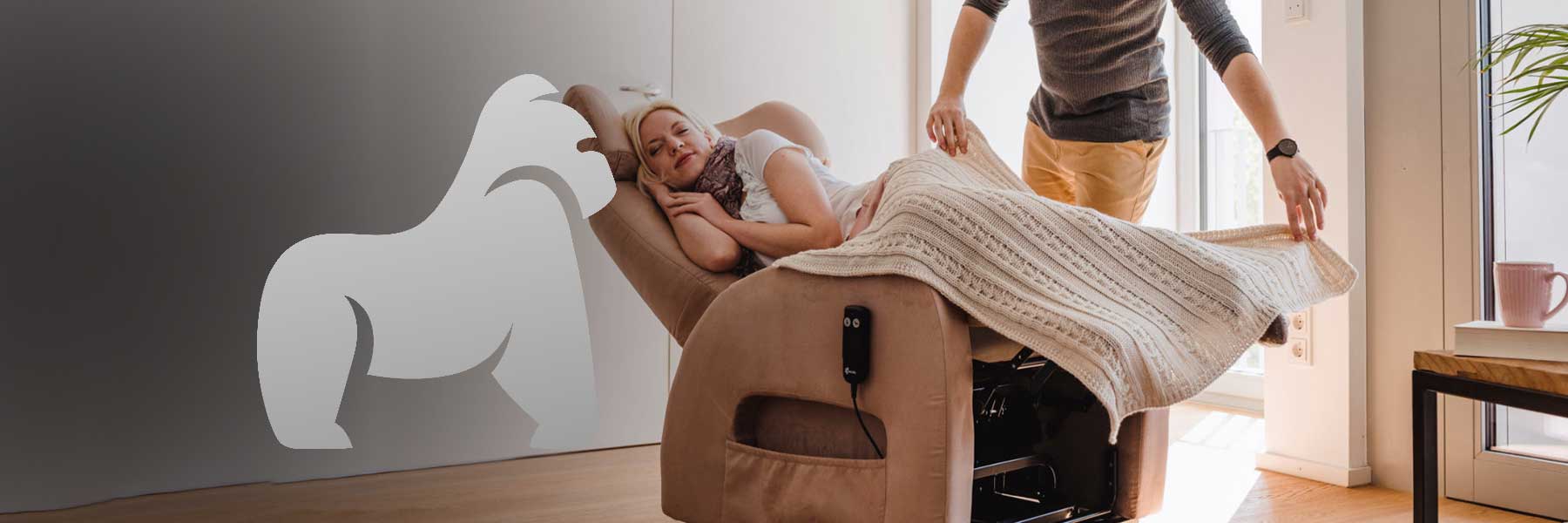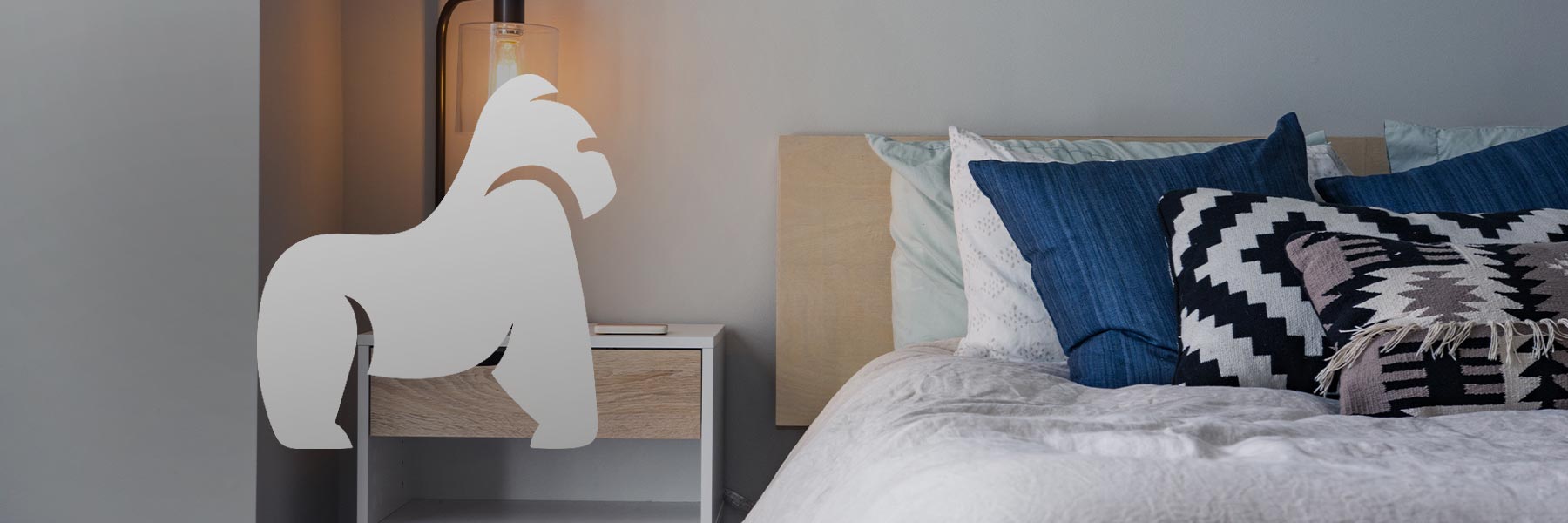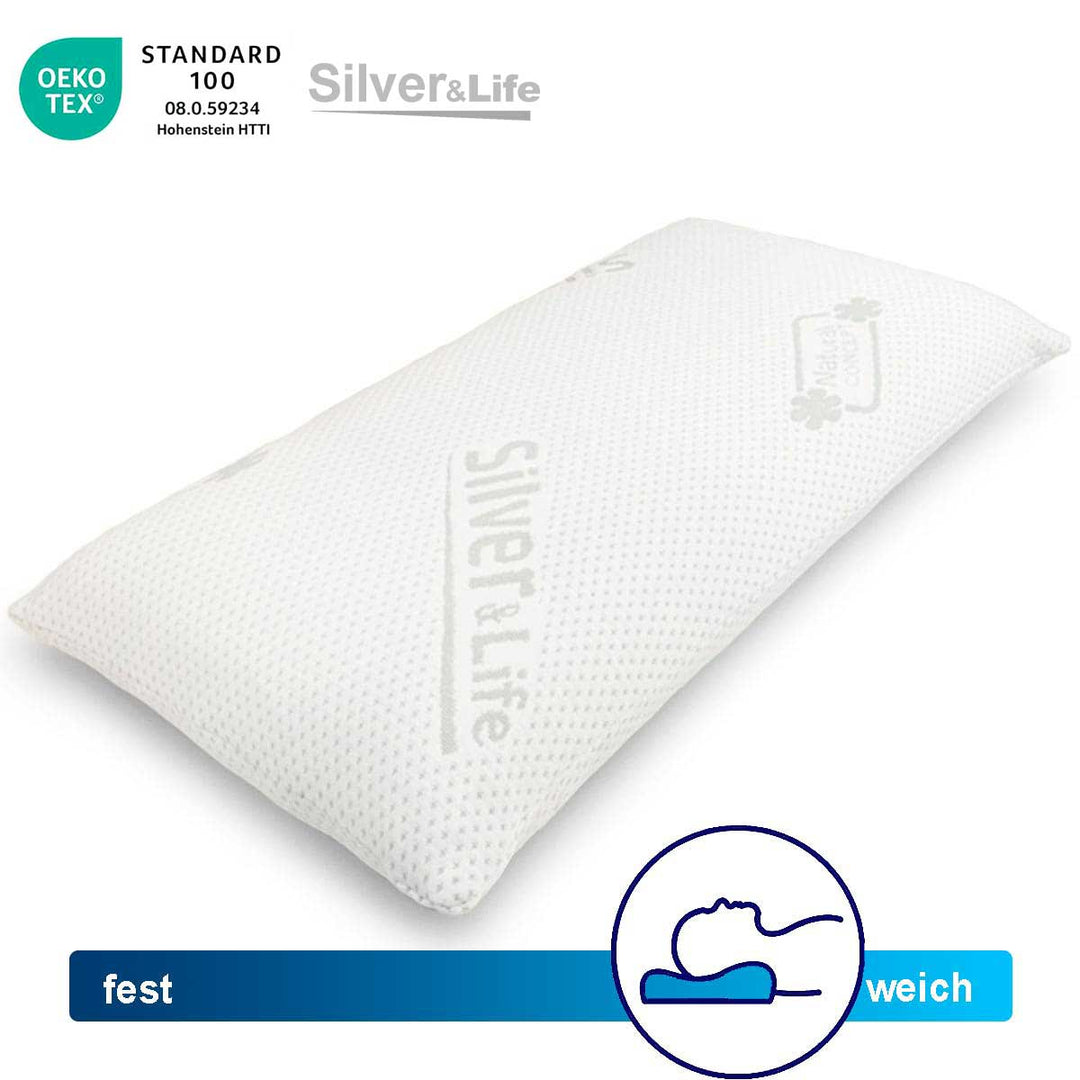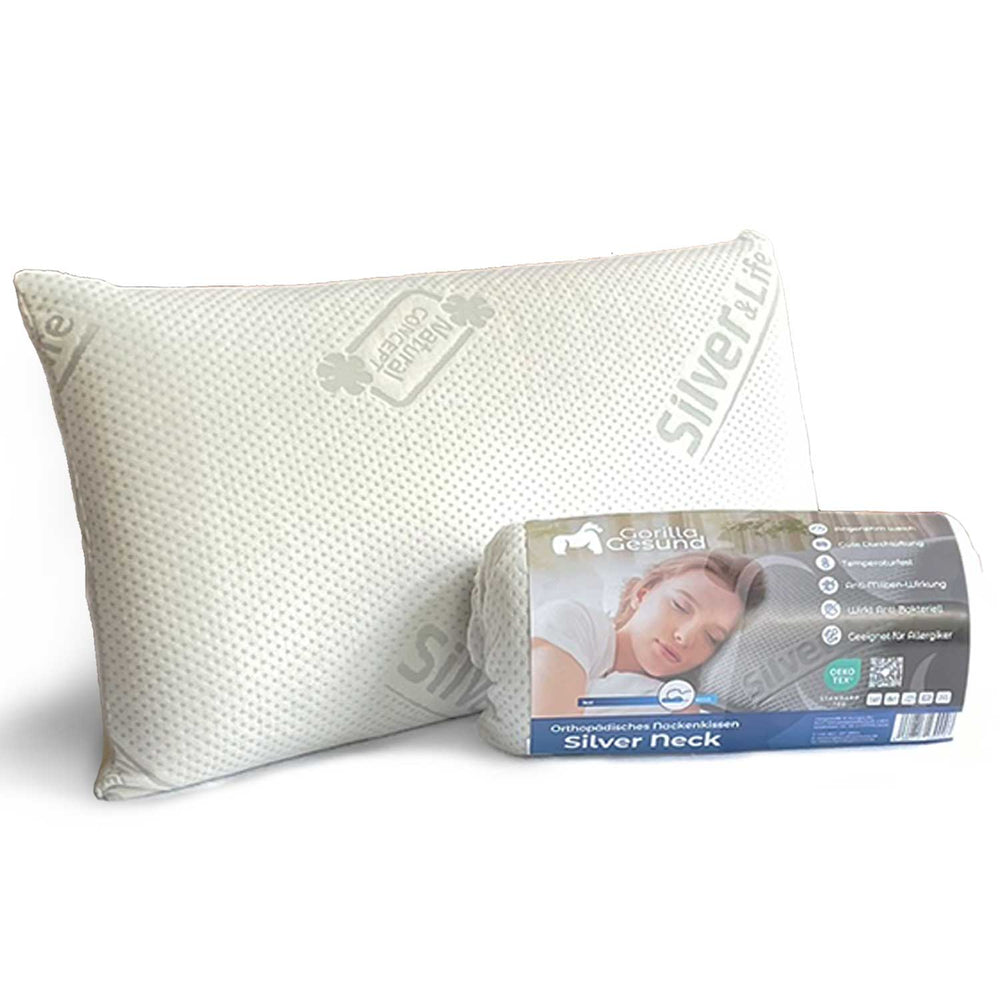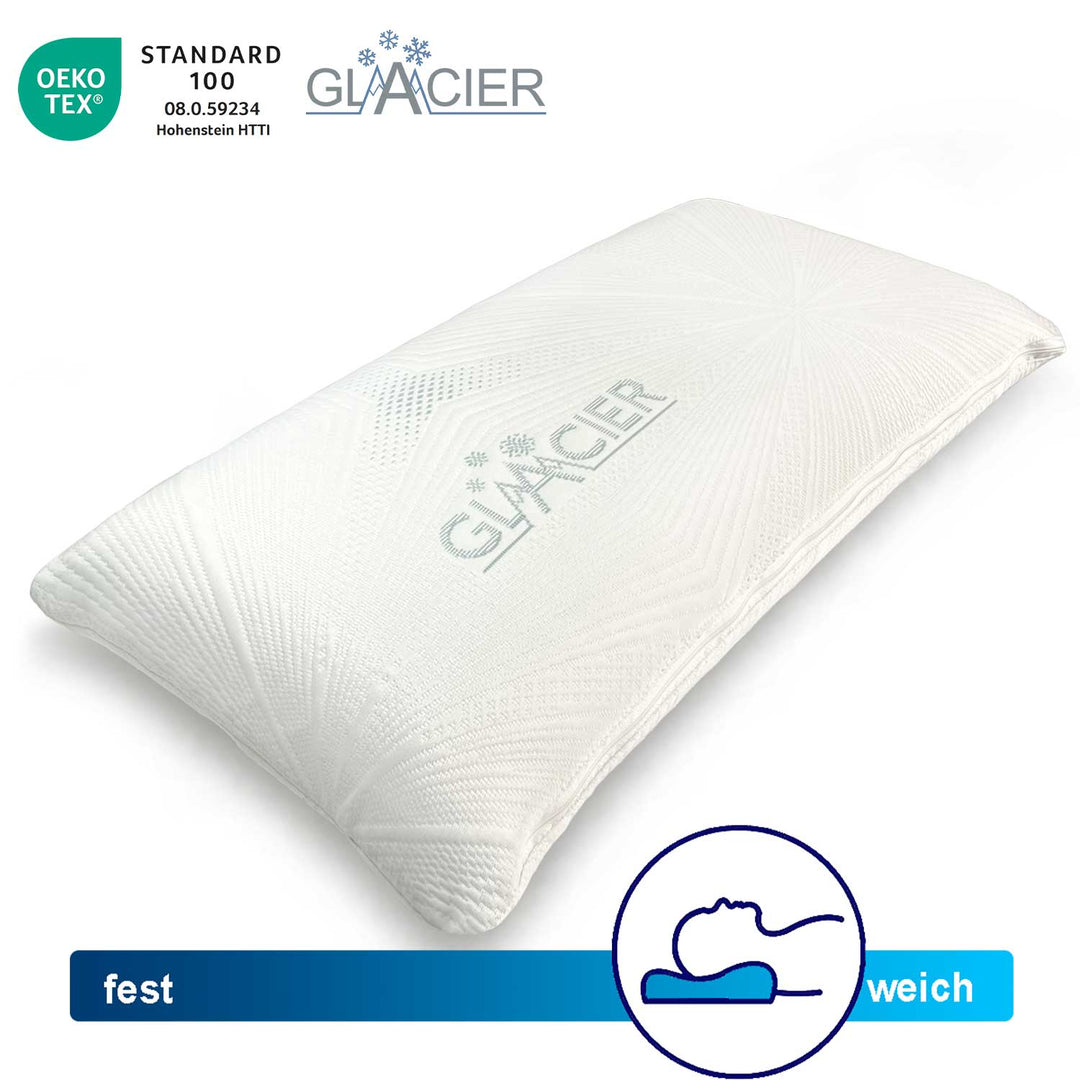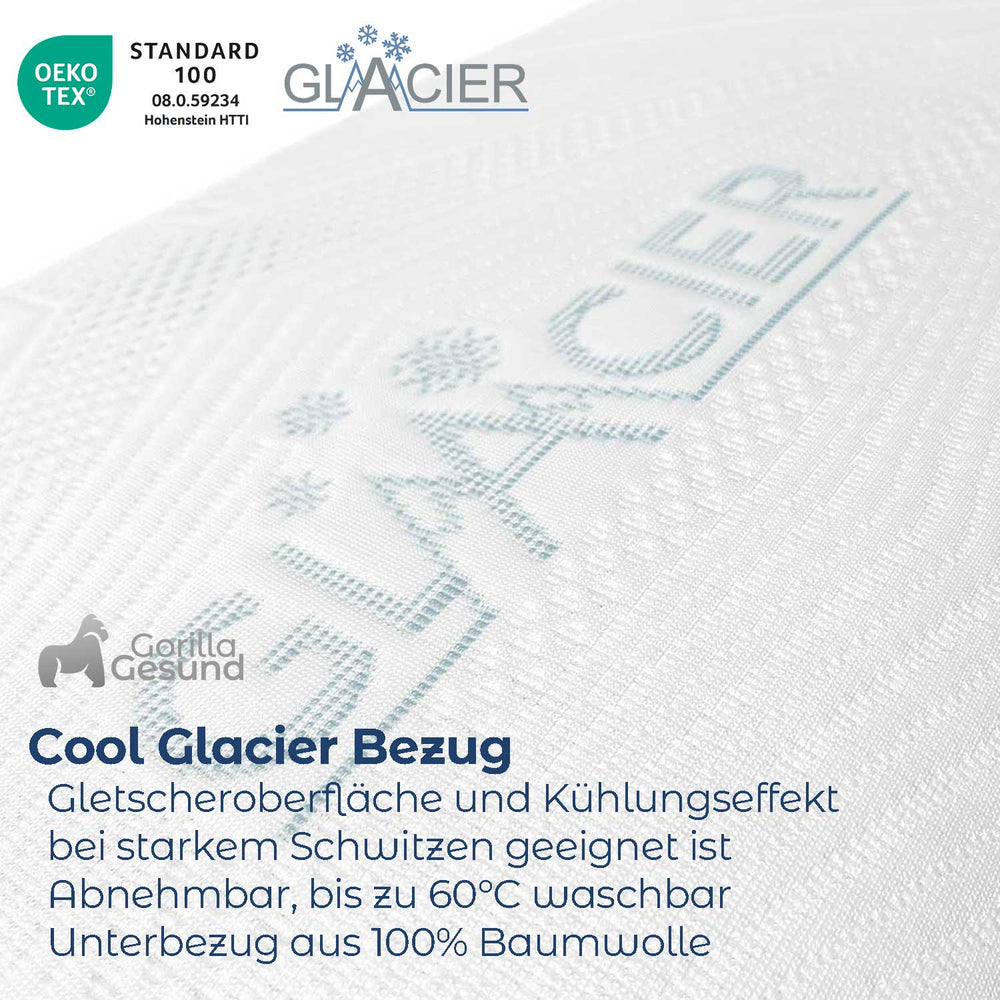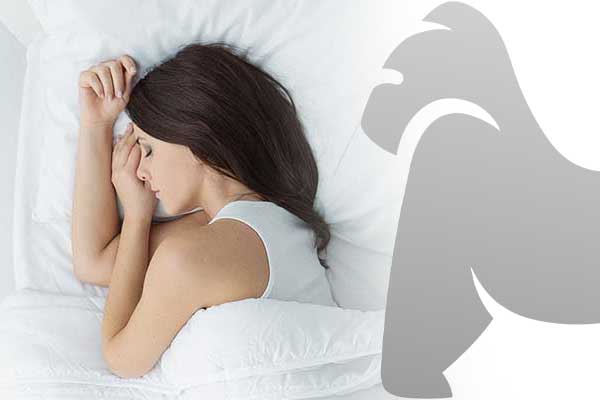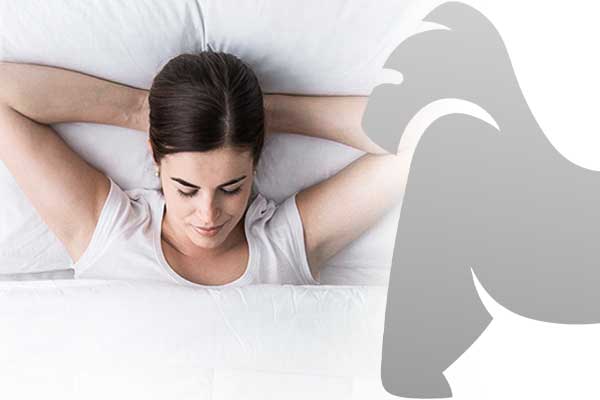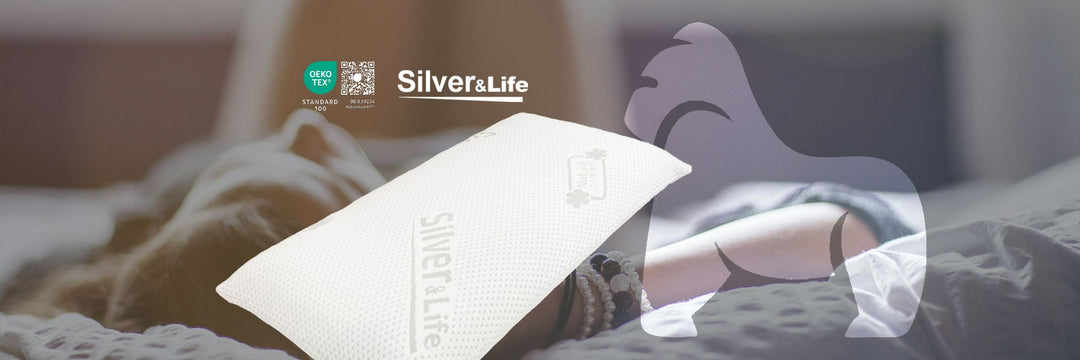Absorbent incontinence aids

Dear readers!
Occasional or persistent loss of urine is called bladder weakness or urinary incontinence. This condition is not only a hygienic challenge for those affected but often also a significant emotional problem.
Many people suffer from urinary incontinence, in older age even one in three. Nevertheless, the problem of incontinence is rarely openly discussed. Therefore, we want to encourage you to engage with this topic.
We also want to provide you with comprehensive information about the condition. You should know how to prevent urinary incontinence and what therapeutic and supportive options exist.
We also present practical tips and tricks that have proven effective in dealing with incontinence.
In this blog article, you will find suggestions on how to best manage your problem and regain more quality of life.
What is incontinence?
The term “incontinence” describes the uncontrolled loss of stool or urine. This occurs due to a dysfunction of the bladder or pelvic floor muscles. Accordingly, it is referred to as either urinary incontinence or fecal incontinence.
Most common causes of incontinence
- Weak pelvic floor muscles or lax connective tissue: pregnancy, childbirth, menopause, age-related changes, overweight, injuries due to surgeries or chronic cough
- Damage or weakening of the sphincter muscle: surgeries in the pelvic area such as prostate removal
- Bladder dysfunction: urinary tract infections or overactive bladder
- Obstruction disorders: enlarged prostate or uterine prolapse
- Neurological causes and specific diseases: multiple sclerosis, stroke, Parkinson's, spinal cord injury, tumors, diabetes
- Medications: blood pressure reducers, diuretics
Good to know: Almost 90 percent of those affected have stress incontinence that requires treatment.
Filling and emptying of the bladder
Urine storage is an unconscious process. The reaching of the capacity limit is signaled by the urge to urinate. It can be suppressed for a certain period.
Average capacity:
- in women: 400 ml
- in men: 500 ml
Fluid balance (daily)
| Fluid intake: | 2,500 ml | Excretion: | 2,500 ml |
| Drink Food Oxidation |
1,500 ml 700 ml 300 ml |
Skin min. Lung min. Bowel movement min. |
500 ml 400 ml 100 ml |
|
Urine: |
1,500 ml |
Types of incontinence and their symptoms
Depending on the type of bladder weakness, the following symptoms may occur:
- Urine loss during physical exertion or when sneezing, coughing, laughing, or during physical exertion
- Sudden and uncontrollable urge to urinate
- Increased frequency of bladder emptying and increased nighttime urination
- Constant dribbling of urine
|
Forms of incontinence |
Incontinence symptoms |
|
Stress incontinence |
Uncontrolled urine loss during physical exertion (e.g., sports, sneezing, or coughing) |
|
Urge incontinence (with overactive bladder) |
Sudden, strong urge to urinate leads to uncontrolled urine loss With overactive bladder additionally: increased bladder emptying, nighttime urination |
|
Mixed incontinence |
Symptoms of stress and urge incontinence occur together |
|
Overflow incontinence |
Rare form where the outflow pathways are "blocked" (e.g., due to an enlarged prostate in men) The bladder is constantly overfilled and causes continuous leakage |
|
Reflex incontinence |
A disorder of the nerve pathways between the brain, spinal cord, and bladder (e.g., in spinal cord injuries) The bladder empties reflexively on its own |
In addition, there are rarer forms of incontinence such as overflow incontinence, where the outflow pathways are "blocked" (e.g., due to an enlarged prostate in men), causing the bladder to be constantly overfilled and continuous urine leakage.
Incontinence in women
Urinary incontinence occurs significantly more often in women due to anatomical reasons. Especially young women often suffer from a weak bladder after pregnancy/childbirth, usually caused by weakened pelvic floor muscles. By far the most common form of incontinence in women is stress incontinence.
Incontinence in men
The occurrence of incontinence in men is often the result of a disease (e.g., stroke) or after surgeries in the pelvic area. Medical procedures can cause dysfunction of the bladder sphincter muscle. Incontinence after prostate surgery is a frequently discussed topic.
Important - See a doctor at the first signs
You should visit the general practitioner at the first signs.
To carry out appropriate treatment and prevent unnecessary suffering, an early visit to the doctor is absolutely advisable. “The sooner the better” is the motto.
It is estimated that nearly 10% of the population in Germany suffer from incontinence. Nevertheless, bladder weakness remains a taboo topic to this day. Incontinence is treatable in most cases if therapy is started early. Contact your general practitioner at the first signs. Additionally, women should schedule an appointment with their gynecologist.
Common cause of incontinence
The following explanation provides an overview of the most common physical disorders that may be causes of incontinence.
Weak pelvic floor muscles or lax connective tissue
→ e.g., due to pregnancy, childbirth, menopause, age-related changes, overweight, muscle injuries from pelvic surgeries, or chronic cough (“smoker's cough”).
Damage or lowering of the sphincter muscle
→ e.g., due to surgeries in the pelvic area such as prostate removal in men.
Bladder dysfunction
→ e.g., due to urinary tract infections or “overactive bladder.”
Obstruction of outflow
→ e.g., due to an enlarged prostate in men or uterine prolapse in women.
Neurological causes and certain diseases
→ e.g., due to multiple sclerosis, stroke, Parkinson's, spinal cord injury, tumors, inadequately treated diabetes mellitus.
In addition, some medications (e.g., blood pressure medications, diuretics) can also promote the development of corresponding symptoms. In this case: Discuss with your doctor whether there are alternative active ingredients and never stop prescribed medications on your own.
Tips for on the go
Good planning
Those with a weak bladder should therefore not limit themselves – and certainly not give up their usual activities. However, when strolling through the city, outings & co., finding the next public toilet is often not so easy. Good preparation provides more security here: nowadays, this can be done easily from home via the internet – so-called "toilet search engines" help to find the next toilet.
Tips: There are already corresponding apps for smartphones for on the go.
Zum Toiletten-Finderfür Apple-Geräte.
Before and during the trip: Plan toilet visits
Whether it's a business appointment, outing with friends, or start of a vacation – before you go, there is often a rush. Still: remember to go to the toilet once more before departure. Then the bladder is emptied and should not signal again immediately. And even during the trip: plan regular breaks for toilet visits. When traveling by train or plane, it is advisable to reserve a seat near the restroom.
For emergencies: Spare underwear in hand luggage
Another tip that provides more security: simply pack spare underwear in your hand luggage! This way, you are well prepared if something "goes wrong." And nothing stands in the way of a carefree outing or a relaxed trip.
Pelvic floor exercises:
Often, a weak pelvic floor is the cause of incontinence. The pelvic floor muscles surround the urethra – together with the sphincter muscle, they control the bladder outlet. If these muscles are too slack, it can lead to uncontrolled urine leakage. Regular exercise (e.g., cycling, swimming, or walking) is an important basic measure for a strong pelvic floor. In addition, special pelvic floor exercises should be integrated into daily life – they help to specifically strengthen the muscles. It is important to perform the exercises correctly and regularly (preferably daily) and to stay consistent. Extra tip: A special training aid for insertion into the vagina (comparable to a tampon) can be useful for women as a supportive measure to improve the perception of the pelvic floor and to train the muscles specifically and correctly. An outwardly visible indicator shows at a glance whether and how strongly the contraction is performed. A simple visual feedback that is a real help for many affected.
For women:
A weak pelvic floor muscle is one of the most common causes of incontinence. Therefore, targeted pelvic floor training plays a central role in managing incontinence (especially stress incontinence) to control the symptoms. Here we have compiled exercises for women that specifically activate and strengthen the pelvic floor muscles.
Exercise 1: Sitting
- Sit upright on a chair with a hard seat.
- Feel your two sitting bones and try to bring them closer together imaginatively – while doing so, contract the pelvic floor muscles, keeping the gluteal muscles relaxed.
- Repeat the exercise three times, paying attention to the correct breathing sequence (see box).
Exercise 2: Sitting
- Place a rolled-up towel on a chair with a hard seat.
- Sit on the towel, which is placed lengthwise in the direction of sitting. The perineum (area between vagina and anus) rests on the towel.
- Now imagine pulling the towel upwards with your pelvic floor muscles. Make sure the gluteal muscles remain relaxed.
- Repeat the exercise three times, paying attention to the correct breathing sequence (see box).
Exercise 3: On all fours
- Get on all fours (see illustration above): support yourself on hands and knees. The knees are positioned under the hip joints and the tops of the feet rest on the exercise mat. The hands are placed under the shoulders, elbows slightly bent. The head forms an extension of the spine.
- Inhale and form a slight hollow back – the pelvic floor is relaxed.
- Exhale and make a cat arch: the back arches towards the ceiling, the pelvic floor is slightly tensed.
- Repeat the exercise three times.
Exercise 4: Standing
- Stand upright, both feet firmly in contact with the ground, the upper body stable.
- Now alternate by standing on the toes of one foot (heel lifted), while the other foot remains firmly on the ground.
- Activate the pelvic floor muscles as you inhale, and release the tension as you exhale.
For men
Pelvic floor training – men who suffer from incontinence usually don't even think about it. However, a weak pelvic floor is a common cause of incontinence (stress incontinence). We have compiled selected pelvic floor exercises for men here. Good to know: A strong pelvic floor also improves erectile function and sexual endurance.
Exercise 1: Sitting
- Sit upright on a chair with a hard seat.
- Make sure that your body weight rests on the sitting bones and the pubic bone.
- Inhale – the belly bulges forward and the pelvic floor is relaxed.
- Exhale – the belly flattens and the pelvic floor muscles contract.
- Repeat several times.
Exercise 2: Standing
- Stand upright in front of a mirror. The feet are hip-width apart. The knees are slightly bent. Pelvis, back, shoulder girdle, and head form a line.
- Breathe in and out several times.
- When exhaling, contract the pelvic floor and the belly. The testicle pulls toward the navel. Hold the tension for a few seconds – then inhale and relax.
- Repeat several times.
Exercise 3: Standing
- Stand upright. The feet are slightly more than hip-width apart and the body weight is evenly distributed on both legs.
- When inhaling, squat down – keep your back straight and relax the pelvic floor.
- When exhaling, straighten up again with a contracted pelvic floor.
- Repeat several times.
Important
The correct breathing sequence is important when performing the exercises:
- When inhaling, the belly bulges forward and the pelvic floor is relaxed.
- When exhaling, the belly flattens and the pelvic floor muscles contract. Hold the tension for 5 seconds and then relax the pelvic floor for 10 seconds.
Tip: A special training aid for insertion into the vagina (comparable to a tampon) can help you better perceive and more specifically contract the pelvic floor. Talk to your doctor about it.
Aids for incontinence
Absorbent aids are particularly commonly used for incontinence. In the Gorilla Gesund online shop, various models are available that differ, among other things, in shape and absorbency.
- Incontinence pads → for light to moderate incontinence
- Incontinence slip (disposable slip) or incontinence pants → for severe incontinence
- Incontinence diapers → for severe incontinence
- Incontinence pads
In addition, for example, urine collectors for women and men as well as remote aids (e.g., urine bottles or bed pads) are available, which are mainly used for severe forms of incontinence.
The problem: Such aids can certainly be a "last resort" in certain situations but do not address the cause of incontinence. Especially the frequently used pads often bring significant disadvantages in terms of use and cost: odor nuisance, lack of comfort, high costs – all this does not necessarily make life with incontinence easier. Anyone who wants to sustainably improve their quality of life and actively combat bladder weakness should therefore consult their doctor to initiate appropriate causal treatment.
Criteria for pads, slips, etc.
Which item is suitable in each case depends, among other things, on the form and severity of incontinence. Basically, some general criteria should be considered when choosing, such as:
Suitable size, shape & wearing comfort:
The size should be adapted to the body size and the respective severity of incontinence. The basic rule is: "As small as possible, as large as necessary."
Anatomically shaped pads are available for men and women. There should be no seams or edges that chafe the skin.
Reliable binding of liquid & odors:
The products used should absorb as much liquid as possible and be leak-proof to keep the skin dry – therefore, do not use pure cellulose products.
Optimal binding of unpleasant odors also plays an important role. Special odor absorbers are sometimes integrated into the items or available as spray in stores.
Skin-friendliness, ease of use & Co.:
The materials should be breathable and not irritate the skin.
The adhesive strips should ensure secure fixation.
The products should allow for discreet use, meaning they should be as invisible as possible from the outside and not rustle when moving.
On the following pages, you will be informed about our absorbent incontinence products. We distinguish 3 variants here:
- Standard care – products without surcharge
- Partially chargeable products
- Premium products with an economical surcharge
When determining the need, the person's excretion volume (normally max. 2,000 ml) and the absorbency of the product are taken as the basis.
As a medical supply store, we are obliged to ensure medically necessary care. This principle does not endorse the supply of a specific product.
We use Seni as the house brand. Alternative products are easy Form, TENA, and Hartmann.
Products without surcharge – standard supply
|
Pads |
Seni Control Normal 360 ml |
|
Pads |
Forma Care Plus 1,400 ml |
|
Forma Care Super 2,150 ml |
|
|
San Seni Basic Normal 1,250 ml |
Partially chargeable products
|
Pads |
Seni Control
|
|
Seni Man
|
|
|
Pads |
San Seni
|
|
Diapers |
Seni Basic
|
|
Pants |
Seni Active Basic
|
Premium products - surcharge products
|
Pads |
Seni Lady
|
| Adhesive diapers |
Seni Standard Air Day
|
|
Adhesive diapers |
Seni Standard Plus Air Night
|
|
Tena Pads woman |
Tena
|
|
Tena Pads man |
Tena
|
Abena Man, pads
| Product | Dimension | Absorption strength ISO | Absorption strength practice |
|---|---|---|---|
| Abena Man Formula 0 | 22,4 x 19 cm | 250 ml | approx. 100 ml |
| Abena Man Formula 1 | 29 x 23 cm | 450 ml | approx. 180 ml |
| Abena Man Formula 2 | 29 x 23 cm | 700 ml | approx. 280 ml |
Abena Abri San, pads
| Item name | Absorbency | Drops | Size (cm) | Incontinence level |
| Abena Abri-San Premium 1 orange | 200 ml | 1 | 10 x 22 | light |
| Abena Abri-San Premium 1a beige | 200 ml | 1 | 10 x 28 | light |
| Abena Abri-San Premium 2 purple | 350 ml | 1 | 10 x 26 | light |
| Abena Abri-San Premium 3 red | 500 ml | 1 | 11 x 33 | light |
| Abena Abri-San Premium 3a white | 500 ml | 1 | 11 x 33 | light |
| Abena Abri-San Premium 4 green | 800 ml | 2 | 20 x 42 | light to medium |
| Abena Abri-San Premium 5 purple | 1200 ml | 3 | 28 x 54 | medium |
| Abena Abri-San Premium 6 blue | 1600 ml | 4 | 30 x 63 | medium to severe |
| Abena Abri-San Premium 7 yellow | 2100 ml | 4 | 36 x 63 | medium to severe |
| Abena Abri-San Premium 7 XXL | 2000 ml | 4 | 84 x 46 | medium to severe |
| Abena Abri-San Premium 8 orange | 2500 ml | 5 | 36 x 63 | severe |
| Abena Abri-San Premium 9 green | 2400 ml | 4 | 37 x 73 | medium to heavy (Suitable for night) |
| Abena Abri-San Premium Air 10 blue | 2800 ml | 5 | 37 x 73 | heavy (Suitable for night) |
| Abena Abri-San Premium Air 11 red | 3400 ml | 5 | 37 x 73 | heavy (Suitable for night) |
| Abena Abri-San Premium Air 11 XXL | 3400 ml | 5 | 37 x 73 | severe |
| Abena Abri-San Premium Air special | 2000 ml | 4 | 37 x 73 | medium to severe |
Abri-Form Premium, diapers
| Item name | Absorbency | Drops | Hip circumference |
| Abena Abri Form Premium XS2 gray | 1400 ml | 3 | 50 - 60 cm |
| Abena Abri Form Premium S2 yellow | 1800 ml | 4 | 60-85 cm |
| Abena Abri Form Premium S4 yellow | 2200 ml | 4 | 60-85 cm |
| Abena Abri Form Premium M0 blue | 1500 ml | 4 | 70-110 cm |
| Abena Abri Form Premium M1 blue | 2000 ml | 4 | 70-110 cm |
| Abena Abri Form Premium M2 blue | 2600 ml | 5 | 70-110 cm |
| Abena Abri Form Premium M3 blue | 2900 ml | 5 | 70-110 cm |
| Abena Abri Form Premium M4 blue | 3600 ml | 5 | 70-110 cm |
| Abena Abri Form Premium L0 green | 2000 ml | 4 | 100-150 cm |
| Abena Abri Form Premium L1 green | 2500 ml | 5 | 100-150 cm |
| Abena Abri Form Premium L2 green | 3100 ml | 5 | 100-150 cm |
| Abena Abri Form Premium L3 green | 3400 ml | 5 | 100-150 cm |
| Abena Abri Form Premium L4 green | 4000 ml | 5 | 100-150 cm |
| Abena Abri Form Premium XL2 orange | 3400 ml | 5 | 110-170 cm |
| Abena Abri Form Premium XL4 orange | 4000 ml | 5 | 110-170 cm |
Abri-Flex Premium, Pants
| Item name | Absorbency | Drops |
|
Incontinence level | |
|---|---|---|---|---|---|
| Abena Abri Flex Premium XS1 | 1400 ml | 3 | 45 - 70 cm | medium | |
| Abena Abri Flex Premium S1 | 1400 ml | 3 | 60 - 90 cm | medium | |
| Abena Abri Flex Premium S2 | 1900 ml | 4 | 60 - 90 cm | medium to severe | |
| Abena Abri Flex Premium M1 | 1400 ml | 3 | 80 - 110 cm | medium | |
| Abena Abri Flex Premium M2 | 1900 ml | 4 | 80 - 110 cm | medium to severe | |
| Abena Abri Flex Premium M3 | 2400 ml | 5 | 80 - 110 cm | severe | |
| Abena Abri Flex Premium L1 | 1400 ml | 3 | 100 - 140 cm | medium | |
| Abena Abri Flex Premium L2 | 1900 ml | 4 | 100 - 140 cm | medium to severe | |
| Abena Abri Flex Premium L3 | 2400 ml | 4 | 100 - 140 cm | medium to severe | |
| Abena Abri Flex Premium XL1 | 1400 ml | 3 | 130 - 170 cm | medium | |
| Abena Abri Flex Premium XL2 | 1900 ml | 4 | 130 - 170 cm | medium to severe | |
| Abena Abri Flex Premium XXL1 | 1450 ml | 3 | 153 - 203 cm | medium |
How can you prevent incontinence?
Regulated digestion
Persistent bowel sluggishness often leads to frequent straining during bowel movements and thus overloads the connective tissue of the pelvic floor. Therefore, allow yourself enough
Take your time during bowel movements and avoid straining:
Rather tense the anal muscle several times in a row for about three seconds; this encourages the bowel to move more and thus initiates natural emptying.
Wholesome nutrition
A healthy, digestion-friendly diet contains a high content of fiber. High-fiber foods include whole grain products such as whole grain bread, whole grain oats, and wheat bran, as well as raw fruits and vegetables. However, please avoid high-fiber foods that can cause bloating – such as legumes, cabbage, onions, leeks, and plums.
Bloating can occasionally worsen incontinence due to increased pressure in the abdominal cavity. Therefore, change your diet particularly slowly. Promote healthy gut bacteria that 'digest' the supplied fiber and thus prevent bloating. Yogurt and kefir on your daily menu support the natural intestinal flora.
Adequate fluid intake
It is especially important that you consume enough fluids to prevent constipation and to help a high-fiber diet achieve its full effect.
Herbal and fruit teas as well as mineral waters with low carbonation are recommended.
Fruit juices and some vegetable juices have a diuretic effect and are therefore not suitable. Please also do not drink black tea, coffee, and alcoholic beverages too often, as these can lead to increased urination and irritate the bladder.
Regular relaxation
If your incontinence burdens you greatly, emotional balance can be valuable. Get used to not focusing on your worries. Especially build in your
Consciously create opportunities in everyday life that bring you joy:
such as meeting friends, going to the cinema, or taking a walk.
Additionally, it can be helpful to learn relaxation techniques.
A simple method to learn is progressive muscle relaxation according to Jacobson. But many other methods are also suitable. These include, for example, Autogenic
Training, yoga, and meditation. It is not so important which method you choose. Much more important is that you practice regularly, preferably daily.
Proper movement
Regular exercise is especially important for incontinent people with constipation and can significantly improve symptoms. Suitable sports do not put much pressure on the abdomen and pelvic floor: walking, swimming, dancing, and cycling.
The many small daily movements are usually performed unconsciously in everyday life. That is why it is important to choose the right postures and perform sensible movement sequences to relieve the pelvic floor.
Therefore, pay attention to keeping your back as straight as possible when lifting or carrying.
As a woman, you should be careful never to lift more than ten kilograms. Keep loads as close to your body and above the navel when carrying.
If you have to work in a bent posture, make a conscious effort to stay as upright as possible. Always work on only one surface directly in front of you.
This applies especially when vacuuming, sweeping, or mopping.
In general: Any back-friendly movement also protects the muscles of the pelvic floor.
Condom urinals
An alternative to diapers, pads, and incontinence slips for men
According to a representative study, about 18% of men over 60 are affected by incontinence. Fortunately, there is an aid that safely and discreetly protects those affected.
Condom urinals are little known in public, but have been a proven aid in practice for years: Simply slipped over the penis and connected to a suitable bag that is comfortably attached to the leg, they protect the skin from urine contact and thus prevent resulting skin damage.
Advantages compared to pads:
- No skin contact with urine
- Reliable protection against odor
- No fear of "accidents"
- Less effort: Only daily changes necessary
- No nighttime diaper changes or changing of bed linen
The ConveenR Optima condom urinals come in 8 different versions, which differ in length and/or diameter.
Our care aids for you at a glance
Bed protection pads
A fleece layer on the top side, the underside is liquid-proof – the optimal protection for your mattresses and bed sheets. For single use.
Disposable gloves
Protect against the transmission of germs and bacteria. They are made of vinyl, powder-free, and available in sizes S to XL.
Hand disinfection
Thanks to the germ-reducing effect, the skin-friendly and ready-to-use solution offers protection against viruses, germs, and fungi.
Surface disinfection
The ready-to-use solution reduces germs and is applied to surfaces. It thus protects against pathogens.
Protective apron
It consists of a waterproof, washable, and moisture-repellent foil material and protects the caregiver's clothing. For single use.
Mouth guard
Both patients and caregivers protect themselves from pathogens. It consists of fleece and has a moldable nose clip, a head elastic, and is for single use.
Medical skin care for demanding skin
Urine and stool burden the skin of incontinent people.
Over the years, the skin becomes thinner, drier, and reacts more sensitively to the effects of irritating substances. It loses its natural elasticity as well as firmness. Additionally, the weakening of the hydrolipid film can cause an unpleasant feeling of tightness. Proper care can reduce discomfort in dry and irritation-prone skin and effectively protect it from unwanted changes.
Remember: Prevention is better than cure!
The Seni Care care series was developed exactly for this purpose. Thanks to the combination of the latest technology with proven formulations and specially selected active ingredients, the Seni Care care products work gently and effectively without attacking the protective hydrolipid film of the skin. The Seni Care care series and the hygiene products from the additional range guarantee comprehensive and simple skin care for people with incontinence.
- Gentle cleaning with water
- Products without added soap
- ideal for cleaning particularly sensitive and stressed skin
- the skin is gently cleaned and the risk of inflammation is minimized
- Gentle cleaning without water
- Replacement for cleaning with water and soap
- the skin is cleansed and supplied with nutrients
- Regeneration
- rich care and long-lasting moisture supply
- ideal for demanding skin
- the skin's natural regenerative powers are supported
- Effective protection
- Preparations with anti-inflammatory effects
- the protective cream with zinc oxide leaves a white protective layer on the skin
- the protective cream with arginine leaves a transparent protective layer on the skin
In the previous chapters, you received detailed information on the topic of "incontinence." If you have additional questions, please contact our customer service. The customer service of Gorilla Gesund is a team of competent advisors for all questions on the topic of "incontinence."
You can reach the "Customer Service" from Gorilla Gesund by phone on weekdays between 8:00 a.m. and 6:00 p.m.
Supply process
To ensure you an uncomplicated supply of the desired incontinence material, please send the prescription issued by the doctor either by e-mail or by fax indicating your telephone number to the following contact details.
E-mail: service@gorillagesund.de
Our competent staff will be happy to advise you and help you choose the right aid. After presenting the prescription, we will, if necessary, submit a cost estimate and then prepare the goods for shipping.
WARNING - Unfortunately, we do not specialize in children's diapers and therefore cannot guarantee supply. Please inquire at another medical supply store.
We wish you all the best for the future and are pleased to give the customer a good feeling of being human.
Sources:
http://inkontinenz.behandeln.de/images/tipps/695x360/inkontinenz-tipps-hilfsmittel.jpg
https://inkontinenz.behandeln.de/tipps-fuer-unterwegs.html
https://www.molicare.com/de/molicare
http://www.medizin-fuer-kids.de/bibliothek/koerperfunktionen/harnsystem.htm




